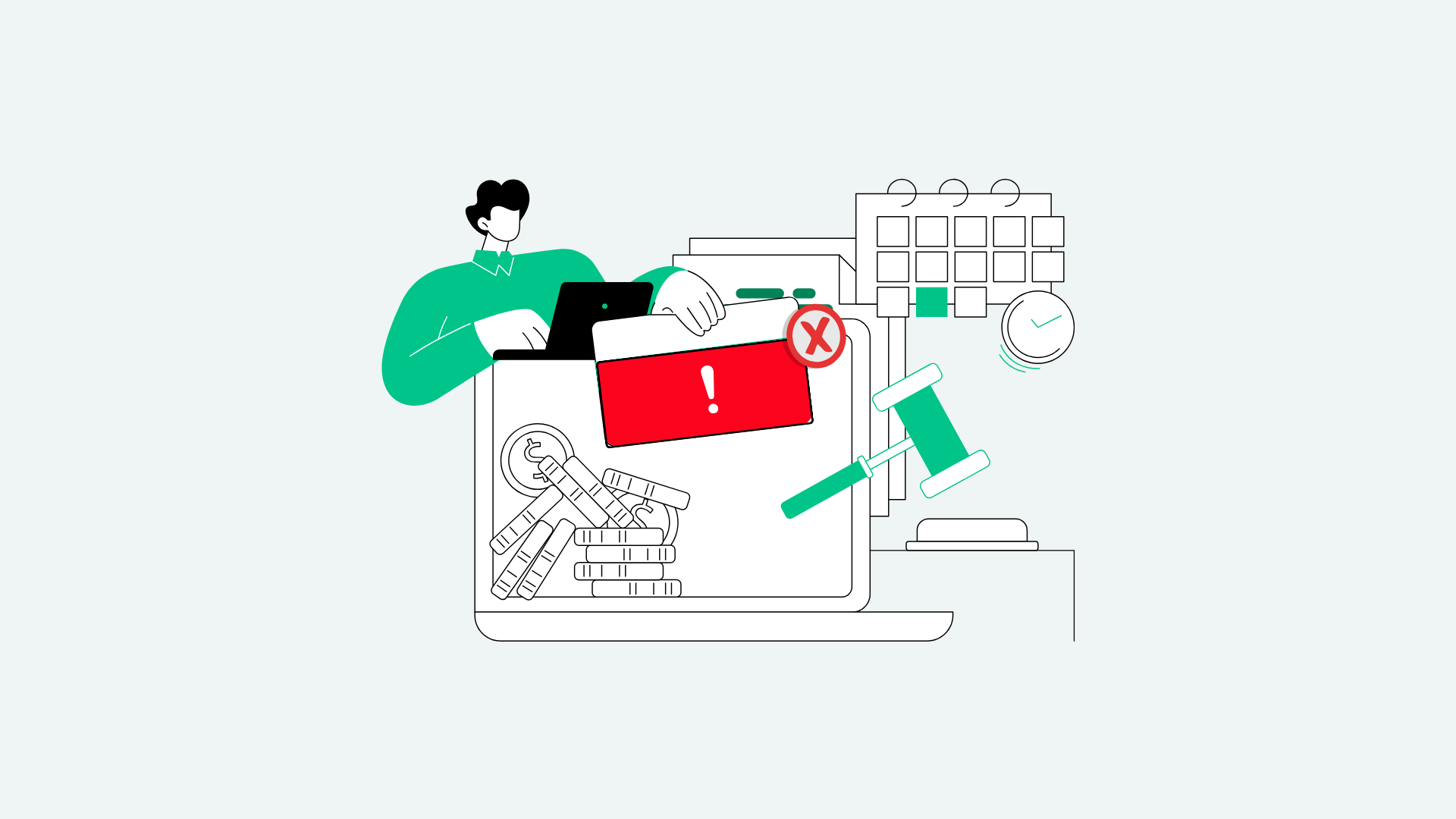Google turned up the heat in 2022, having more than ten major algorithm updates. A mix of core updates, several targeted at product reviews, a few more targeting spam and also introducing a new signal into the algorithm, called the helpful content update. There are over 200 factors within the algorithm, some carrying significant weight and others not.
Read more about the changes in 2022 and what we predict will be the biggest SEO trends embraced by publishers in 2023.
Search engine algorithms are a complex topic, and much about it is kept within the walls of Google. We educate our publishers best we can, and work with them to keep up to date on UX trends, content strategies and SEO best practices but admit there are times we don’t fully get why a site took a dive with a broad core update.
The information below is specific to the larger, more noticeable updates. Google releases smaller algorithm adjustments hundreds of times a year. The signals gathered from these tweaks over time are processed by machine learning, which dictates the weight of signals and the search rankings associated.
Algorithm FAQs
We consider ourselves active in the SEO industry, regularly gaining insight not just from what Google chooses to release publicly, but from seasoned experts, SEO online communities, forums and even our own data. There is no way to predict what will happen to a website during an algorithm update, but there are best practices to implement that lessen the chance of severe decreases. Here’s what you need to know.
How does the algorithm work?
Often compared to a black box of mystery, the exact details of the beast are unknown. But here are the several unconfirmed tidbits that have helped me throughout the years.
– There are 200-250 individual factors included in the algorithm.
– There may be one “main algorithm” tied to organic search rankings, but there are 100s of “baby algorithms” running in addition. They do either share signals or results in some way, but no fully. For example, Google’s John Mueller has said that while Google organic search and Google Discover are two completely different areas, if a site is penalized in Google SERPs (search engine results page) they will often see a drop in Discover traffic.
– There is no hotline to call or support team to help you out of a penalization. If hit, review every piece of related documentation and begin improving any and all areas that may have been the cause.
When was the latest Google algorithm update?
Dec 14, 2022
How often do they happen?
Google tends to release broad core algorithm updates 3-4 times a year.
Core updates haven’t always been a thing, they’re relatively new. Think of these updates as an overall adjustment to the system, or a tweak to the way Google processes search rankings. The new algorithm rolls out, it takes a minute for the dust to settle, and voilà, you have a new normal to where you appear in search results. These days, Google may even tweet when one is happening. There is no schedule for core updates, but if I had to pick months based on the past 5 years, I’d pick March, June, August and November. Six months between two is longer than normal.
What are they targeted at?
Google core updates don’t target any one issue, but are programmed to improve contextual results based on user intent. Google Search is a business with the goal of providing the best result for every single search query.
As algorithms became better at understanding user intent, publishers were relentlessly impacted, sometimes to no fault of their own. For example, if at one point in time your article on the “Health Benefits of Honey” ranked #1 for the search query, “honey”, over the years you likely saw your placement crowded out by local packs of honey farms, top stories of related news content, a large area of images and depending the user’s search history, perhaps rankings non-related to honey, the food.
A more action-oriented answer would be quality. Google is looking for a quality overall experience to the user, so one recommendation is to fully understand the scope of each topic you write about, and then present it to the reader is an easy to digest format.
How can I tell if I was impacted?
Use Google Analytics traffic data to review what organic search traffic looked like leading into the update and the month following. Typically, I attribute anything less than a 15% swing to be potentially seasonal or normal flux but look deeper when the drop creeps closer to the 20% mark.
There isn’t a checklist to confirm your suspicions, or even specifics on what to expect but overall amount of traffic coming from organic search is where you would start. The increase or decrease can be to one main page of the site, but more often it’s spread across many.
At every update, one of 3 things will happen. A site sees an increase, a decrease or traffic remains the same. One fun fact, it’s at the time of these core updates when a site may be rewarded for their efforts in the months prior, to improve site structure and user experience. Consider your site to be reevaluated on content quality, content relevancy, user experience and authority at the time of each core update.
What should I do now?
#1 Losing a large amount of organic traffic overnight can be devastating. Let the update come to an end before making adjustments to the site. It’s not uncommon for signals to balance out and recover on their own in the days or weeks following.
#2 Learn about the update and read industry sites to see what Google said about it. There won’t be much for core updates but for smaller updates, they may still confirm the area of interest. For example, in 2022 there has been at least one update targeting the quality of product posts and one targeting spam sites.
#3 Keep relying on the traffic data to look for patterns or trends. See if you can pinpoint the section or topic that was devalued. This may help you course correct at scale instead of having to look at the individual page URL.
#4 For the posts that dropped, google the main topic. Use live search results to infer what Google is valuing and the standards existing to rank at the top. This isn’t about copying, but about using directionally for quality inspiration. If your post that dropped from spot #3 to #13 had one feature image and was 600 words and the site now resting in your old spot is 950 words, has 2 images and a video, you’ll be better armed with knowledge as you create a new content strategy.
#5 Use resources at your disposal to learn SEO. Google has a set of search quality guidelines as well as an SEO Starter Guide. If you’re a Freestar partner, we offer SEO and content strategy assistance free to publishers.
What should I focus on long-term?
Focus on creating quality content within your core expertise. One interesting find in Glenn Gabe’s case studies after the May 2022 update was regarding an ecommerce site. This particular site was largely ecommerce, as the core niche but featured a blog with article content that was sometimes unrelated. The “fringe” content, which was the blog, saw a drastic decrease on May 25th while the rest of the site remained stable.
Another focus should be user experience. Sites that haven’t taken the necessary steps in the last decade to migrate to responsive design, to invest in a site experience utilizing every tool available to keep the user engaged and fed the information they’re looking for, has ground to make up. Users expect modern aesthetics, even in the least visually-dependent of niches. Your audience has high expectations and cannot be bothered with text too small to read and large blocks of text.
Other helpful resources:
If you’re a publisher interested in working with Freestar to recover from an algorithm penalty, contact us today at marketing@freestar.com.
Originally published August 2022




